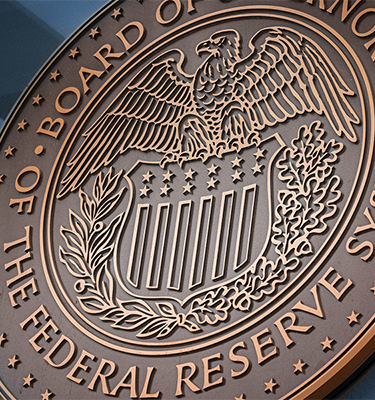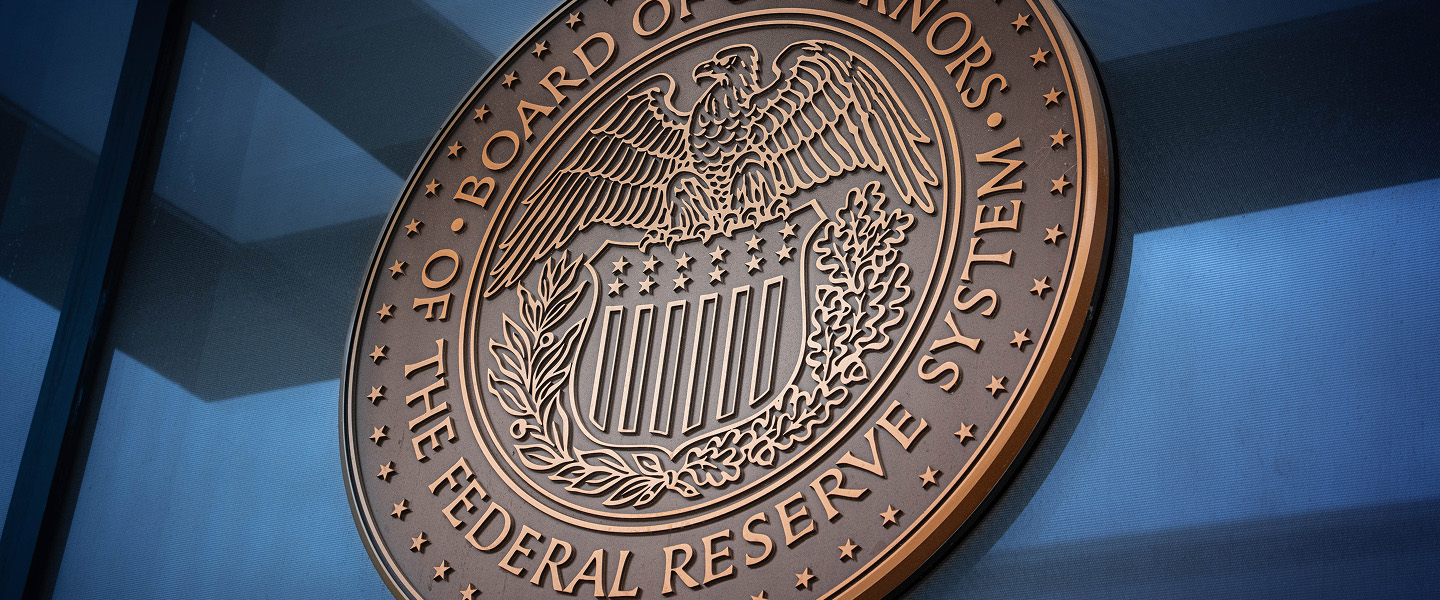You are now reading:
US May 2025 FOMC: Fed “can wait” amidst tariff risks
you are in Research


You are now reading:
US May 2025 FOMC: Fed “can wait” amidst tariff risks
The US Federal Reserve (Fed), in its 6/7 May 2025 Federal Open Market Committee (FOMC) meeting, unanimously decided to maintain the Fed Funds Target Rate (FFTR) at a range of 4.25%-4.50%, in line with market and our expectation. This was the third consecutive policy pause after the 100-bps cut in the last three meetings of 2024. Separately, the Board of Governors of the Federal Reserve System also voted unanimously to keep the interest rate paid on reserves (IOER) balances unchanged at 4.40%, maintain the pace of the monthly reduction of US Treasuries at US$5 bn and the reduction of mortgage-back securities (MBS) at US$35bn, as well as approve the establishment of the primary credit rate at the existing level of 4.5%, as stipulated in its May 2025 Implementation Note.
The latest FOMC decision looked to have affirmed the view that the Fed will continue with its “wait-and-see” approach to gain more clarity on trade and other policy measures but now with greater upside risks associated with inflation and unemployment, given that the tariffs announced were significantly bigger than expected.
Going forward, we keep the view that the impact of the US trade policies will be significantly weaker growth outlook for the US and Asia (but not amounting to outright recession in US although that probability is higher at 40% now), accompanied by higher US inflation outturns, which we assume to be a one-time spike in prices before coming off from the headline inflation sometime next year. Given the Fed is advocating for patience even as it has upped its warnings about the risks of higher inflation and unemployment due to the tariffs, we continue to hold our view of three 25-bps cuts in 2025, though we have decided to push back the expected timeline to Sep, Oct and Dec FOMC, bringing the Fed Funds Target rate (FFTR) to 3.75% (upper bound of FFTR) by end-2025 (previous timeline was one cut in each quarter, 2Q (Jun), 3Q, and 4Q). We are also keeping our view of the two rate cuts for 2026, implying a lower terminal FFTR of 3.25% in 2026.
According to Bloomberg’s WIRP (as of 8 May) with reference to Fed Funds Futures, markets are pricing a moderately low 20.1% probability of a rate cut in the 17/18 Jun 2025 FOMC. The probability rose significantly to 82.1% for a rate cut in Sep FOMC, which is in line with our base case projection. And according to the CME FedWatch Tool, markets are pricing in a similar 20% probability for a 25-bps rate cut in Jun and a higher 94.8% for a cut by the Sep (as of 8 May).
The next FOMC meeting will be on 17/18 Jun 2025 (Decision on 19 Jun 2am SGT), accompanied by Powell’s press conference and an updated Summary of Economic Projections (SEP).
Read full article
Alvin Liew
Senior Economist
Follow Alvin on LinkedIn
This publication is strictly for informational purposes only and shall not be transmitted, disclosed, copied or relied upon by any person for whatever purpose, and is also not intended for distribution to, or use by, any person in any country where such distribution or use would be contrary to its laws or regulations. This publication is not an offer, recommendation, solicitation or advice to buy or sell any investment product/securities/instruments. Nothing in this publication constitutes accounting, legal, regulatory, tax, financial or other advice. Please consult your own professional advisors about the suitability of any investment product/securities/ instruments for your investment objectives, financial situation and particular needs.
The information contained in this publication is based on certain assumptions and analysis of publicly available information and reflects prevailing conditions as of the date of the publication. Any opinions, projections and other forward-looking statements regarding future events or performance of, including but not limited to, countries, markets or companies are not necessarily indicative of, and may differ from actual events or results. The views expressed within this publication are solely those of the author’s and are independent of the actual trading positions of United Overseas Bank Limited, its subsidiaries, affiliates, directors, officers and employees (“UOB Group”). Views expressed reflect the author’s judgment as at the date of this publication and are subject to change.
UOB Group may have positions or other interests in, and may effect transactions in the securities/instruments mentioned in the publication. UOB Group may have also issued other reports, publications or documents expressing views which are different from those stated in this publication. Although every reasonable care has been taken to ensure the accuracy, completeness and objectivity of the information contained in this publication, UOB Group makes no representation or warranty, whether express or implied, as to its accuracy, completeness and objectivity and accept no responsibility or liability relating to any losses or damages howsoever suffered by any person arising from any reliance on the views expressed or information in this publication.

Comprehensive macro overviews and technical analysis to help you stay ahead of the curve.

Gain a competitive edge with our insights, forecasts and forward looking analysis.

Explore our expert insights on key global issues, crafted to spark conversation and inspire thought.

Comprehensive macro overviews and technical analysis to help you stay ahead of the curve.

Gain a competitive edge with our insights, forecasts and forward looking analysis.

Explore our expert insights on key global issues, crafted to spark conversation and inspire thought.